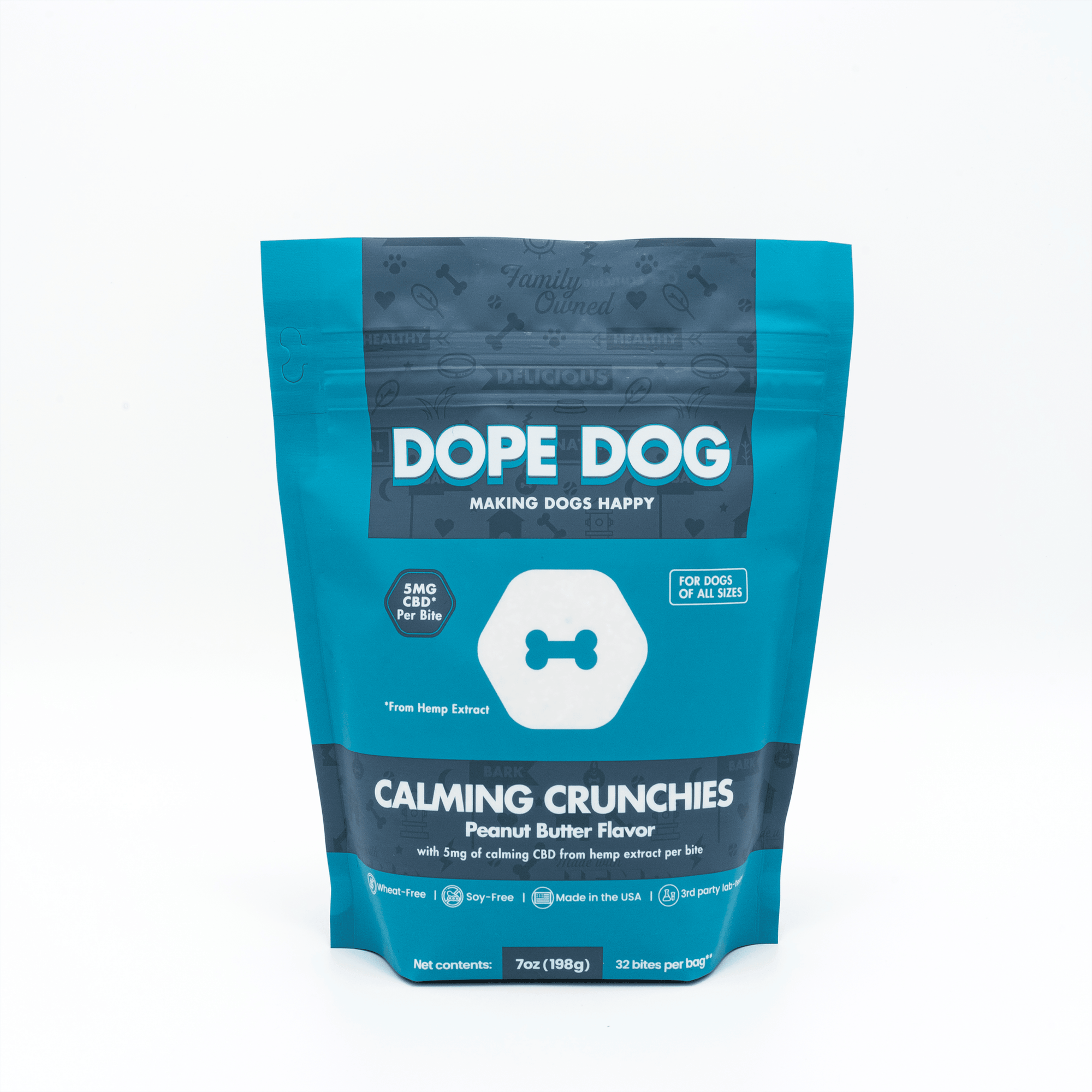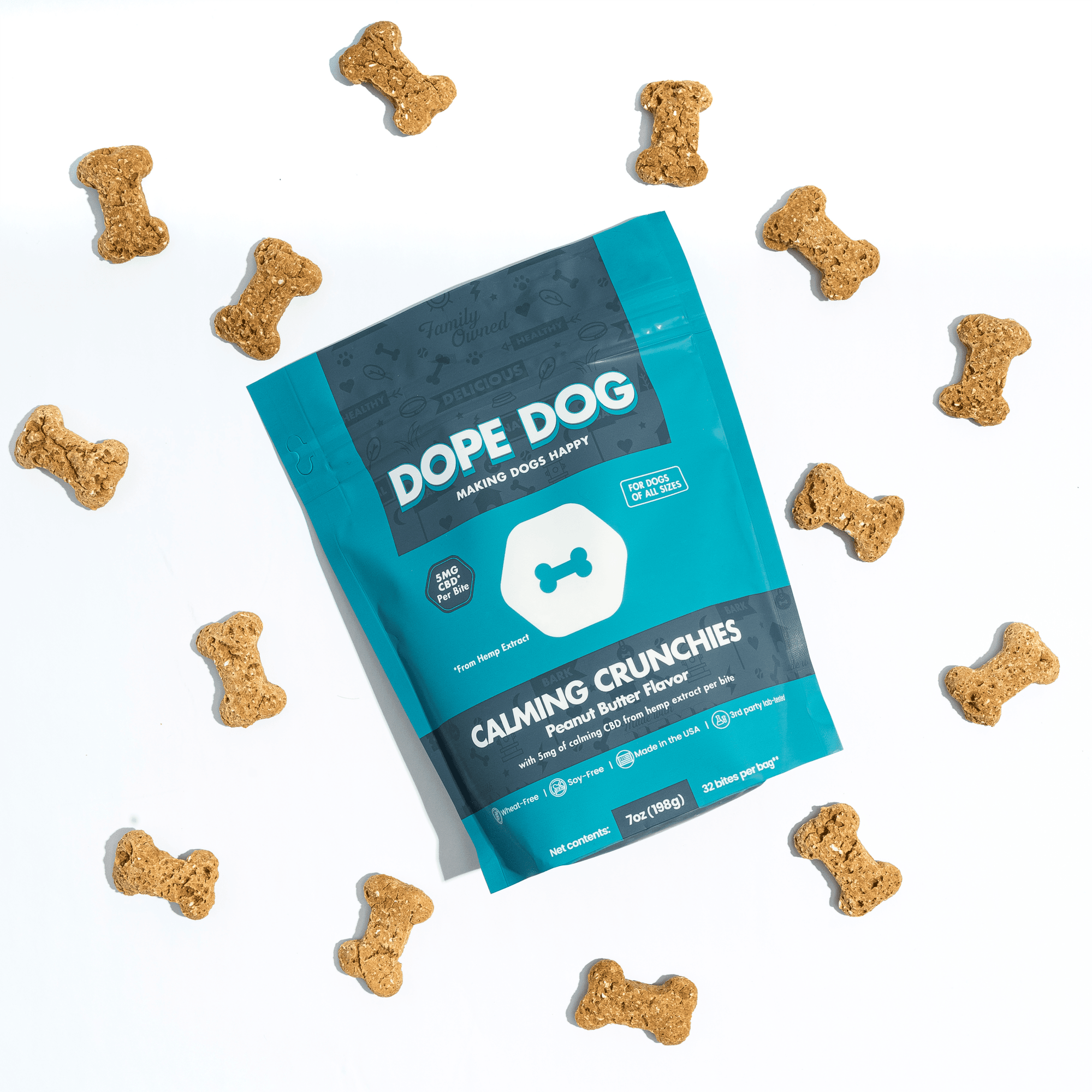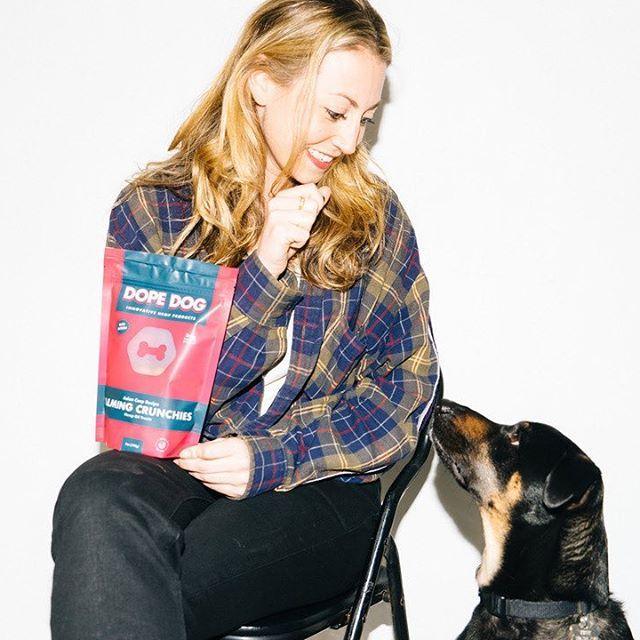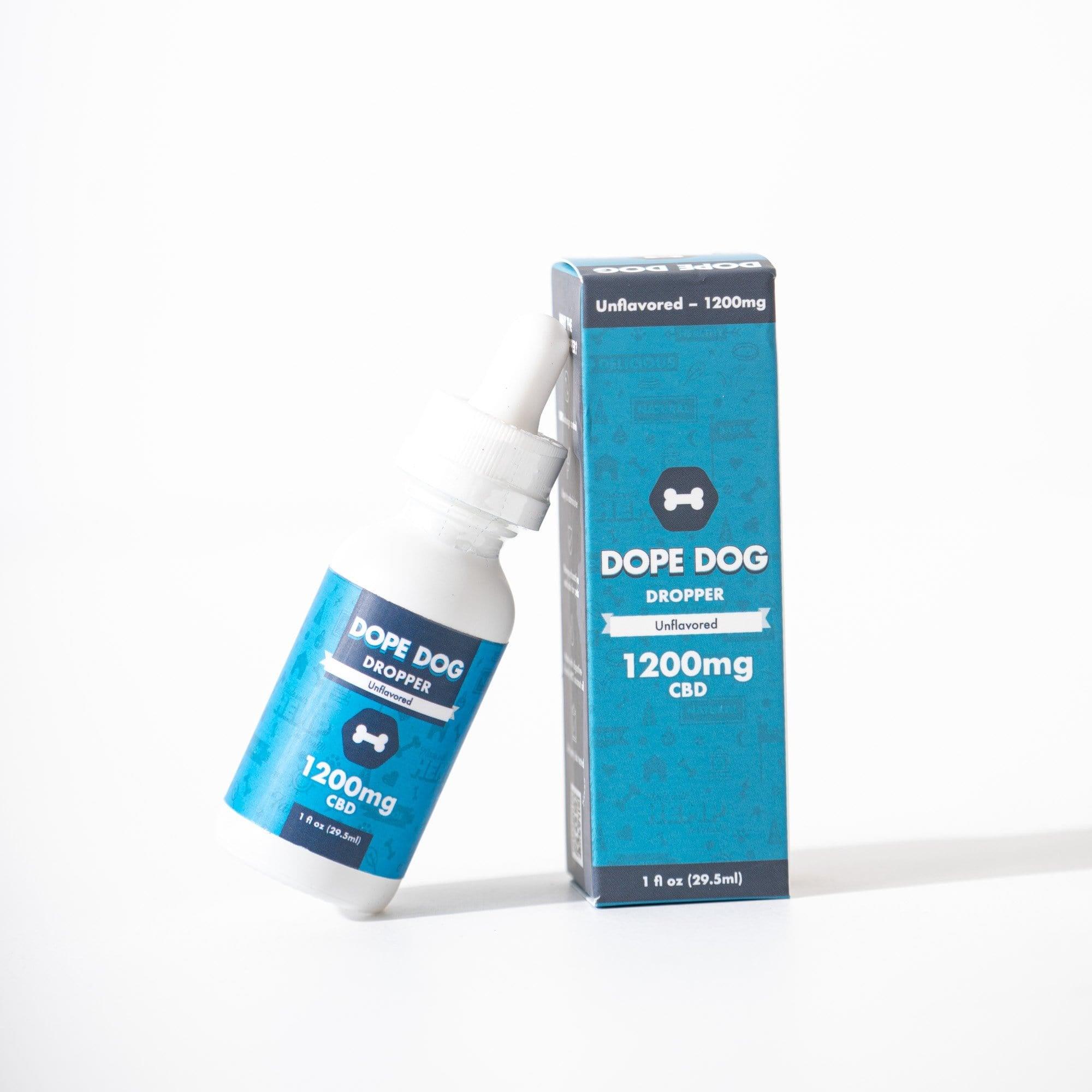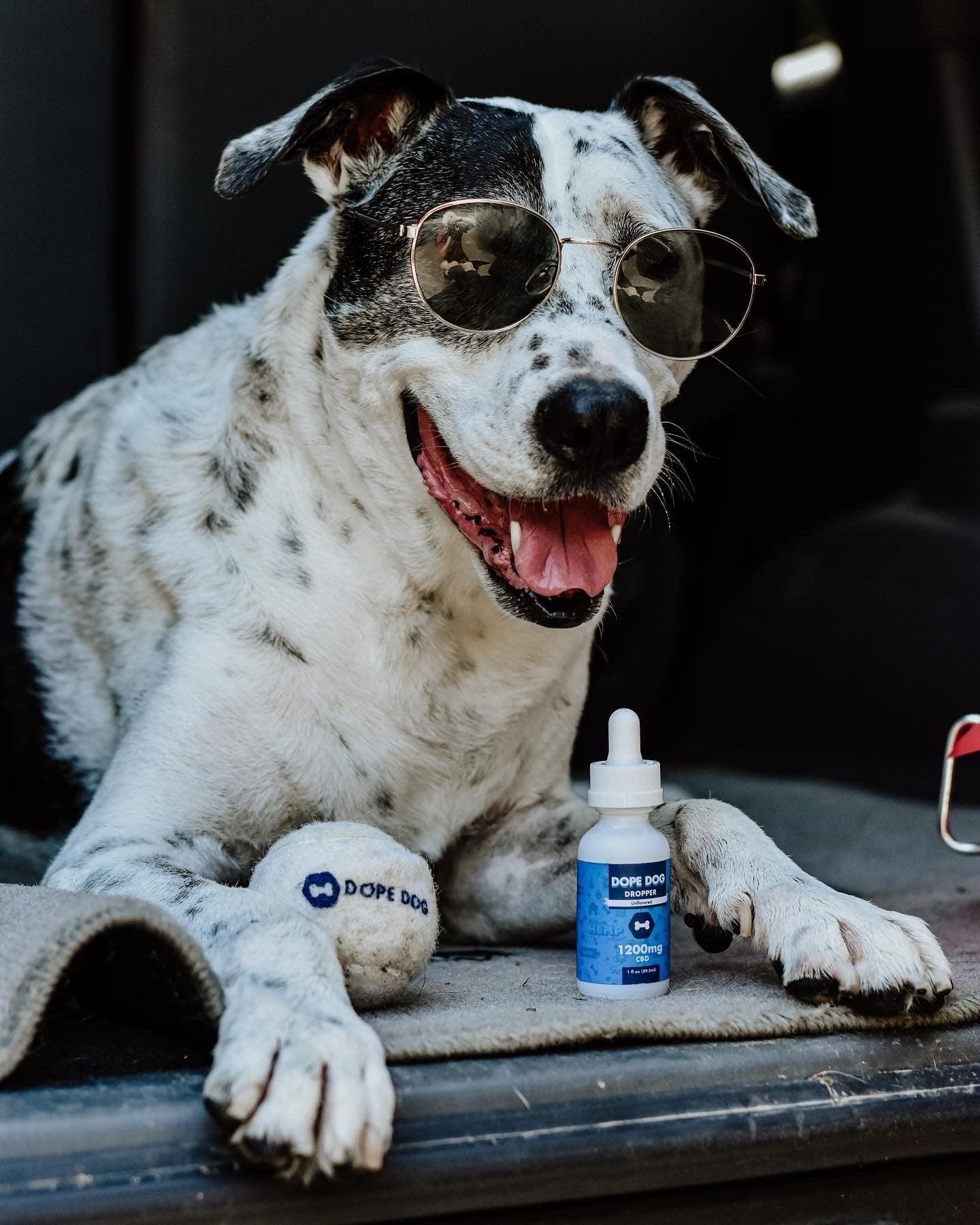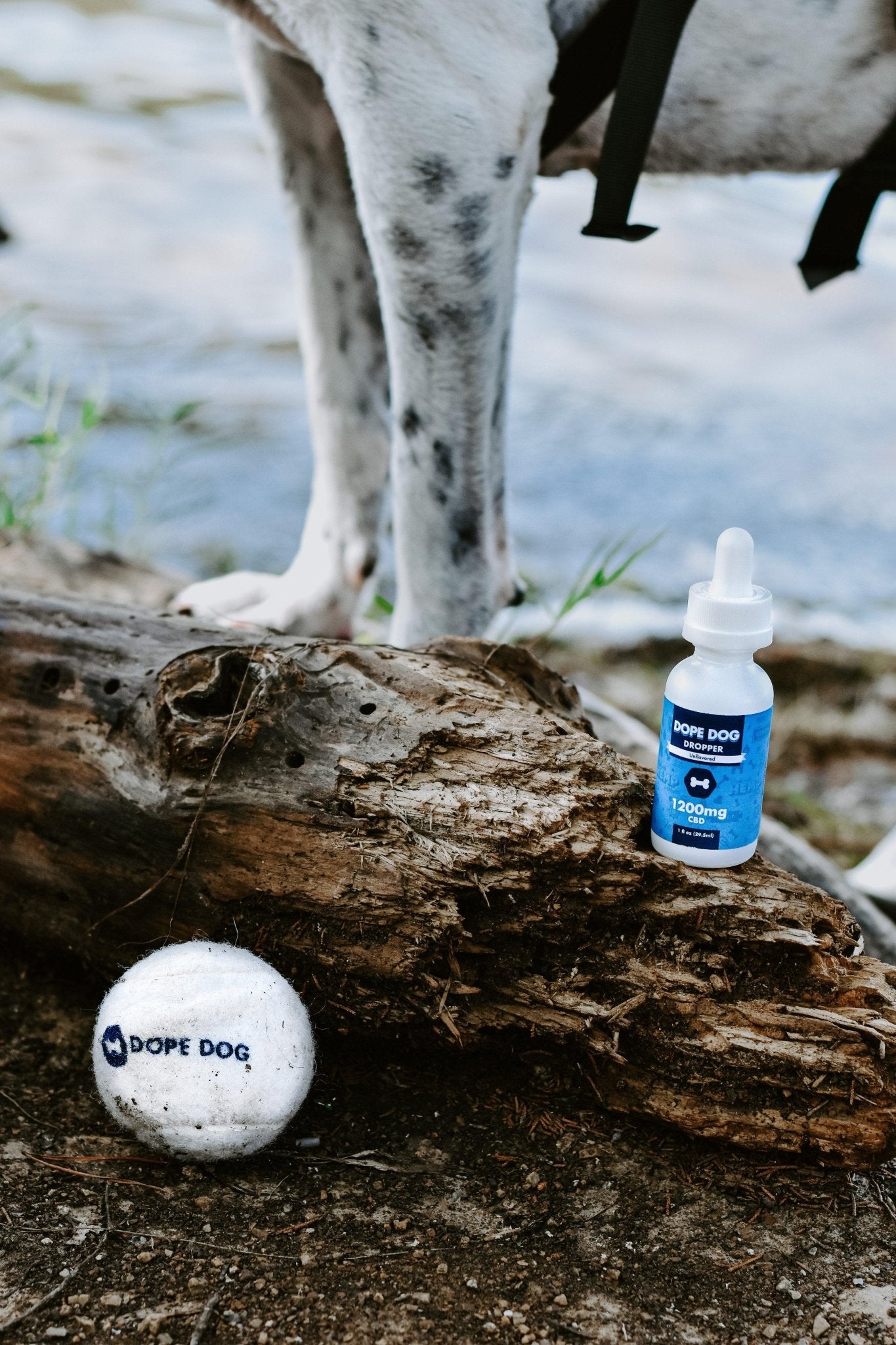Why Is My Dog Limping? Common Causes and When to See a Vet
Understanding why your dog is limping can be challenging since they can't communicate their pain verbally. This article explores the common causes of dog limping, when to seek veterinary help, and what to expect during a veterinary visit.
Types of Limping in Dogs
Gradual Onset Limping
Gradual onset limping develops slowly over time, often due to chronic conditions like osteoarthritis or dysplasia. Recognizing this type of limping early can help manage the underlying condition effectively.
Sudden Onset Limping
Sudden onset limping occurs quickly, usually due to injury or trauma. This type of limping often requires immediate veterinary attention to prevent further complications.
When to Seek Veterinary Care
General Guidelines
Contact your vet if limping persists for more than a few minutes. It's always better to be safe and have a professional assess your dog's condition.
Emergency Signs to Watch For
- Dislocation
- Swelling
- Hot limb
- Obvious breaks or unnatural angles
Common Causes of Dog Limping
Paw Injuries
Paw injuries can result from sharp objects, stings, bites, and other foreign bodies. Regularly check your dog's paws for any signs of injury or discomfort.
Joint Diseases
Conditions like osteoarthritis, hip dysplasia, and Lyme disease can cause joint pain and limping. Early diagnosis and treatment are crucial for managing these diseases.
Bone Diseases
Bone diseases, especially in large-breed puppies, can cause significant pain and limping. Prompt veterinary attention is essential for conditions like osteosarcoma.
Injuries and Trauma
Injuries and trauma are common causes of limping. These can range from minor sprains to severe fractures or dislocations. Ensure your dog receives proper care and rest if injured.
Diagnosing the Cause of Limping
Physical Examinations
During a physical examination, the vet checks for tenderness, pain, and range of motion. This initial assessment helps determine the possible causes of limping.
Diagnostic Tests and Procedures
Radiographs, biopsies, and blood tests are often necessary to identify the underlying issues. These tests provide detailed insights into your dog's condition.
Treatment Options for Limping Dogs
Rest and Home Care
For minor injuries, rest and home care may be sufficient. Keep your dog calm and avoid strenuous activities until they recover.
Surgical and Medical Interventions
Severe cases might require surgery or medication. Your vet will develop a treatment plan based on the diagnosis and your dog's specific needs.
Preventive Measures
Regular Check-Ups
Regular veterinary check-ups can help detect and manage potential health issues before they become severe. Early intervention is key to maintaining your dog's health.
Maintaining a Healthy Weight
Keeping your dog at a healthy weight reduces the strain on their joints and bones, helping prevent conditions that lead to limping.
Avoiding Risky Activities
Monitor your dog's activities and avoid situations that could lead to injuries. Provide a safe environment to minimize the risk of trauma.
At-Home Checks Before Vet Visit
Basic Examination Techniques
Gently examine your dog's legs and paws for signs of injury. Look for swelling, heat, and tenderness that could indicate the source of pain.
Recording Symptoms
Keep a record of your dog's symptoms, including when the limping started and any changes in behavior. This information can help the vet diagnose the issue more accurately.
Joint Supplements and Their Benefits
Common Supplements Recommended by Vets
Glucosamine and chondroitin are commonly recommended supplements for joint health. They help manage conditions like arthritis and dysplasia.
How They Help in Managing Joint Issues
These supplements support joint function and reduce inflammation, helping to alleviate pain and improve mobility in affected dogs.
Injury Prevention Tips
Safe Play and Exercise
Ensure your dog engages in safe play and exercise activities. Avoid overexertion and provide a controlled environment to prevent injuries.
Environment Modifications
Make necessary modifications to your home and yard to reduce the risk of accidents. Secure any potential hazards that could cause harm to your dog.
FAQs About Dog Limping
- What should I do if my dog starts limping suddenly?
- Can limping in dogs resolve on its own?
- Are certain breeds more prone to limping?
Signs of Improvement or Worsening
Monitoring Progress at Home
Observe your dog's recovery progress at home. Look for signs of improvement or worsening and adjust care as needed.
When to Revisit the Vet
If your dog's condition does not improve or worsens, schedule a follow-up visit with the vet to reassess the situation and adjust the treatment plan.
Special Considerations for Puppies
Growth-Related Bone Diseases
Puppies, especially large breeds, are prone to growth-related bone diseases. Early diagnosis and treatment are crucial for their development.
Extra Care Tips
Provide extra care and attention to puppies, ensuring they grow up healthy and free from bone and joint issues.
Understanding Your Dog’s Pain
Behavioral Signs of Pain
Watch for changes in behavior that indicate pain, such as whining, limping, or reluctance to move. These signs can help identify the severity of the issue.
Comfort Measures
Provide comfort measures, such as soft bedding and a calm environment, to help alleviate your dog's pain and promote recovery.
Conclusion
Understanding the causes of limping in dogs and knowing when to seek veterinary care is crucial for their well-being. By taking proactive measures and providing appropriate care, you can help your dog recover and maintain their health.



